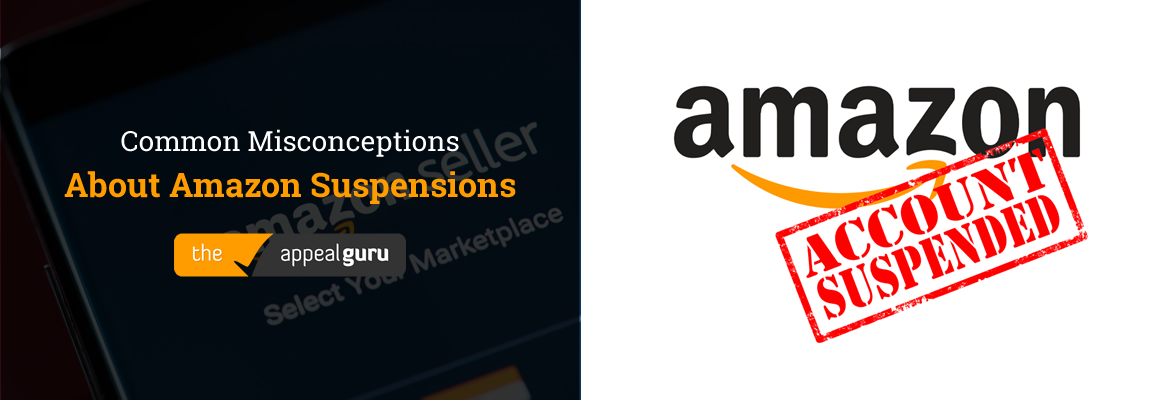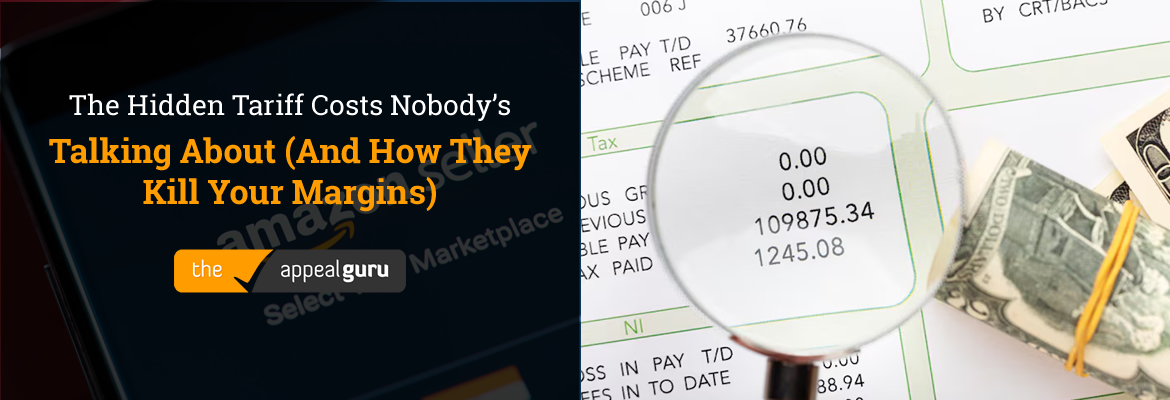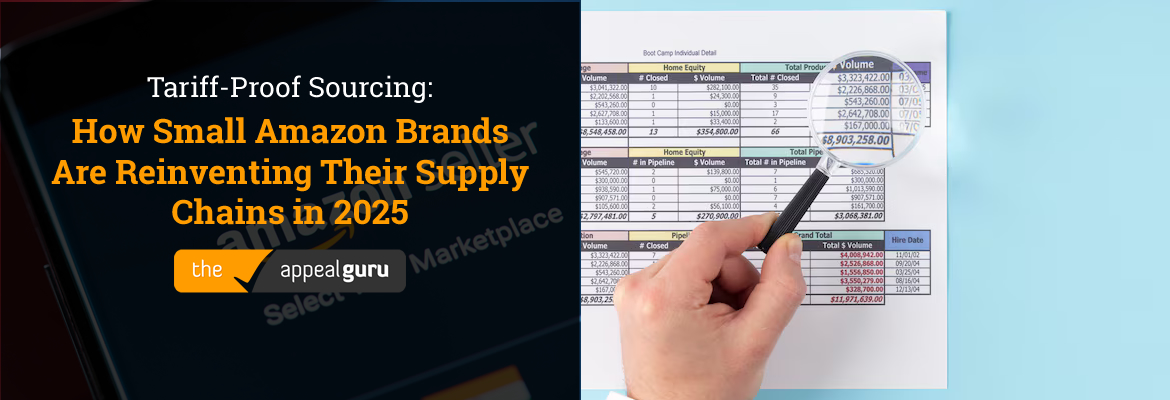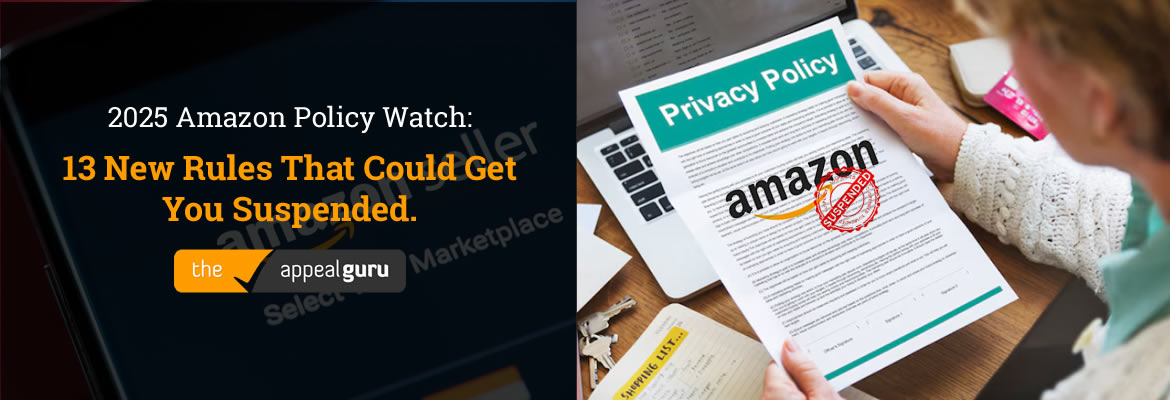Amazon’s A9 Algorithm: How to improve your product ranking on Amazon?
Amazon is the favorite hot destination for buyers to purchase products as they get more options to compare and buy. It turns out that THREE TIMES as many buyers search for products to buy on Amazon, rather than Google. When a client searches for a product on Amazon, outcomes are delivered via a two-step procedure. First, they pull essential results from their catalog, and after that, they position them according to relevancy. For that Amazon’s A9 algorithm ensures that buyers get the most relevant results for their queries.
Studies show that only 30% of shoppers go beyond page 1 of the search results.
What Is Amazon’s A9 Algorithm?

Amazon A9 is the name for Amazon’s search engine. A9 is the thing that sits behind Amazon’s small search box that decides which products from Amazon catalog should show up at the top of the Amazon search page when a customer enters a keyword to search.
The A9 algorithm decides the rank based on the following criteria:
· Conversion Rates
· Relevancy
· Customer Satisfaction
Here are the factors that Amazon considers when ranking your product:
Conversion Rate Ranking Factors
1. Sales Rank:
More sales = higher rankings and higher ranking = more sales!
Sales are the most crucial factor amazon considers for ranking. The more products that you sell, the more money Amazon makes in the process. That’s why they created the Best Seller’s Rank. Amazon awards Best Seller’s Rank to the product that sells more on Amazon in particular category. For every category, there is one Best Seller’s Rank product. Amazon updates it every hour.
2. Customer Reviews
The number of product reviews you receive and the quality of these reviews are considered for ranking. It builds trust and confidence in the customer to buy the product. It’s a good idea to ask buyers to leave reviews which will give you a better score with regards to this ranking factor.
3. Answered questions
Answered questions are listed at the top of the product page and play an essential part in conversions

4. Image size and quality
It is vital to follow Amazon’s image guidelines to make sure the listings are not suppressed. Images should be 1,000 pixels or larger in either height or width, as this will enable zoom function on the website (zoom has proven to enhance sales).
5. Price
The most significant ranking factor Amazon considers determining predicted conversion rate is pricing. The customer always searches for the best deals. The cost of your products strongly influences conversion rates and sales.
6. Parent-Child Products
If you have a product which has different variation (color, size, flavor, etc.), then it’s better to use Amazon’s built-in parent-child product functionality to direct all customers to a single product page. This will maximize your customer reviews, as Amazon will combine your similar products into a single primary product page.
7. Time on page and bounce rate
The amount of time a customer spends on your listing page will show Amazon how interested customers are in your product. A bounce rate is when a customer searches on Amazon, visits your page, and then either goes back to the search results or clicks on a Related Product offer.
8. Product listing completeness
The more complete you make your listing, the better you will get customer engagement and sales. It is best to fill up all the relevant fields in the listing setup so that customer can get more information regarding the product which will maximize the chances of your product to show at the top of the search results.
Relevancy factors
9. Title
A good product title will increase your conversion rate. Amazon also has a title structure and it important to follow the structure to enhance the listing:
Brand + Model Number + Model Name + Product Type, Color
Here’s an example directly from Amazon:
10. Features
It is recommended that you have 5 or more points in your listing. The official character limit is 1000 characters (250 words).
Example:
11. Product description
Amazon looks at your product descriptions when deciding whether to rank your product for a specific search. Whenever customer lands on your product page, they want to know about the product nature and information before buying them. Therefore it is essential to write a product description.
12. Brand and manufacturer part number
It is essential to include a brand in your title because it enables your product for search filters and allows you to capture customers searching for a specific brand. It also helps buyers searching by brand name to find your products.
13. Specifications
The specifications section is where you list the technical and physical details of your product, for example, size, shipping weight, color, etc. Completing this section shows Amazon that you’re diligent when it comes to listings
14. Category and sub-category
When setting up your product listing, make sure you select the most relevant, narrow category possible for your product.
15. Search terms
Search terms are a requirement for a product even to be found at all in Amazon’s search results. Search terms are incredibly crucial to your products sales, ranking, and overall success. Properly researched and targeted Amazon Search terms can often result in improved search volume, increased traffic, more extended sessions and transactions.
Customer Satisfaction
16. Negative seller feedback
Getting negative feedback on your Amazon seller account can impact your sales, profits and Buy Box percentage.
17. Order processing speed
To make the customer happy it is important to provide fast and accurate shipping. If you send the orders late, then it will lead to a poor buyer experience.
18. In-stock rate
Make sure that all your products have enough stock available. Customers hate it when they want to buy a product but can’t have it due to out of stock, or the seller does not keep track of the inventory. Amazon likes sellers who maintain a high in-stock rate to minimize refunds and pre-fulfillment cancellations.
19. Perfect Order Percentage
Perfect Order Percentage is a measurement of how many orders go smoothly from the time when a customer buys the product to the arrival at their home. Sellers who achieve a high percentage of perfect orders will rank higher than those who have order issues.
20. Order Defect Rate
The Order Defect Rate (ODR) is a crucial measure of your ability to provide an excellent customer experience. It includes all orders with one or more defects represented as a percentage of total orders during a given 60-day period.
Defects include:
· negative buyer feedback
· A-to-Z Guarantee claim
· shipment problems
· Chargebacks.
Amazon says that all sellers should aim for an ODR under 1% to sell on Amazon. An ODR above 1% may result in account deactivation.
21. Exit rate
Your exit rate depends on how many times a customer views your listing and then exits Amazon. Products with a lower exit rate will rank higher and convert more.






